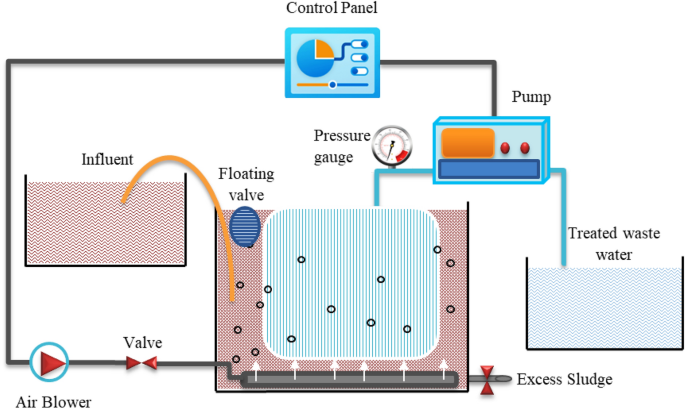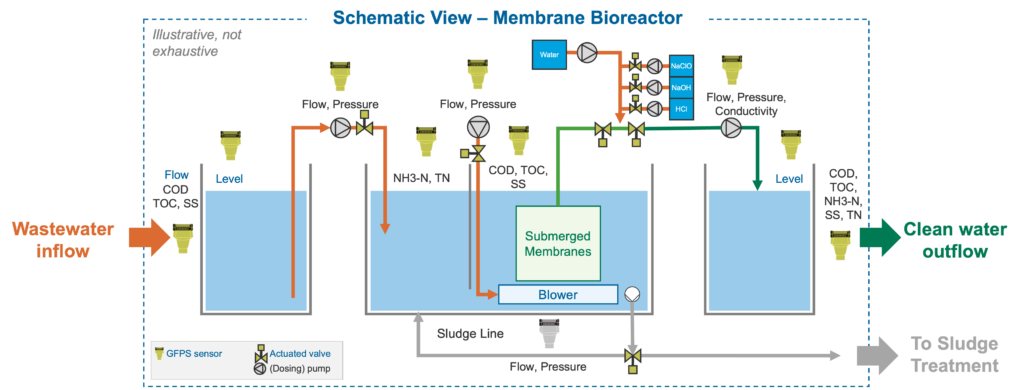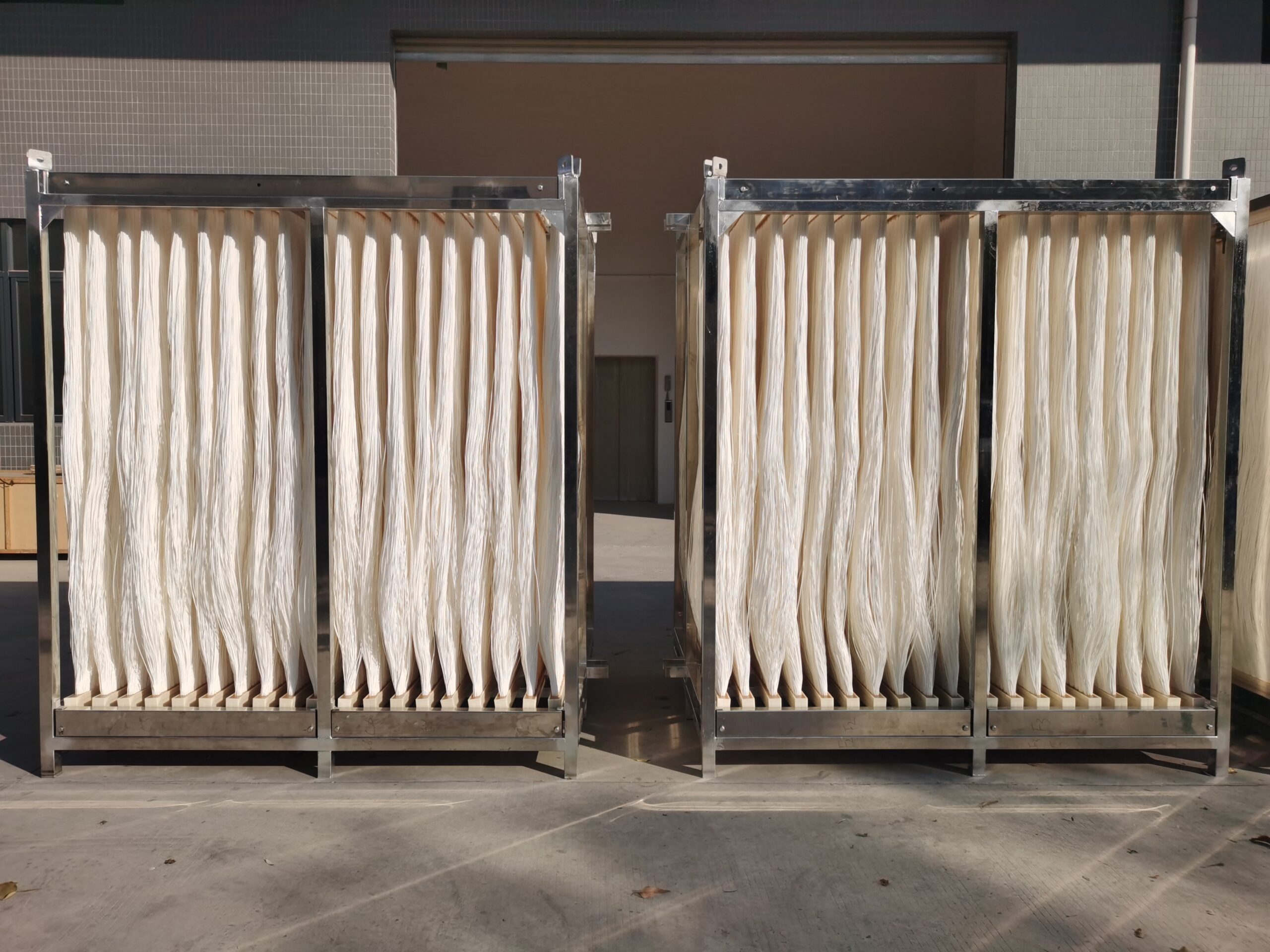Membrane Layer Bioreactors Explained: Reliable Solutions for Tidy Water
Membrane layer bioreactors (MBRs) have actually become an innovative solution for addressing journalism difficulties of wastewater treatment. By incorporating organic procedures with advanced membrane layer filtering, MBRs not only improve the quality of cured water yet additionally decrease the spatial needs of therapy facilities. As environmental concerns intensify, the function of MBR innovation in promoting lasting water management ends up being significantly significant. The intricacies of their procedure, benefits, and potential applications merit a closer exam to fully comprehend their impact on the future of water treatment.

What Are Membrane Layer Bioreactors?
Membrane layer bioreactors (MBRs) are innovative wastewater therapy systems that combine organic deterioration processes with membrane layer filtering innovation. This assimilation permits for the efficient elimination of impurities from water, making MBRs a favored selection in numerous applications, including municipal wastewater therapy and industrial effluent monitoring.

Among the vital advantages of MBRs is their ability to generate premium effluent, frequently suitable for reuse in watering or industrial procedures. Additionally, MBRs call for a smaller impact compared to standard treatment systems, making them suitable for metropolitan settings where space might be limited.
In addition, MBRs can efficiently handle differing influent tons and are much less susceptible to the impacts of harmful shocks. These attributes add to their growing popularity as a sustainable option for addressing the boosting demand for tidy water while reducing ecological impacts.
Exactly How Membrane Bioreactors Work
While the procedure of membrane layer bioreactors (MBRs) may appear complex, it essentially focuses on the synergy in between organic processes and membrane filtering. MBRs incorporate a biological therapy procedure, typically turned on sludge, with a membrane splitting up unit to treat wastewater successfully.
In an MBR system, wastewater is initial introduced into a bioreactor where bacteria degrade raw material and other contaminants. The organic task minimizes the focus of toxins while promoting the growth of biomass. Following this biological treatment, the blended alcohol goes through membrane layer filtering, which can be microfiltration or ultrafiltration, depending upon the desired effluent top quality.
The membrane layers work as a physical barrier, allowing water and small solutes to pass while keeping suspended solids and larger molecules. This enables the system to maintain a high focus of biomass within the activator, boosting the therapy effectiveness.
Moreover, the constant splitting up of treated water from the biomass assists in a small design and reduces the footprint of the treatment center. In general, the combination of biological degradation and membrane layer filtration in MBRs leads to reputable and reliable wastewater therapy, making certain high-grade effluent appropriate for numerous applications.
Benefits of MBR Innovation
One of the essential advantages of membrane bioreactor (MBR) modern technology is its capability to create high-quality effluent with a considerably reduced impact compared to standard wastewater treatment methods. MBR systems properly combine biological treatment and membrane layer filtering, resulting in exceptional removal of impurities, including put on hold solids, pathogens, and raw material. This capability brings about effluent that typically meets or goes beyond strict governing requirements for reuse and discharge.
Furthermore, MBR technology permits higher biomass concentrations, which boosts the therapy efficiency and minimizes the called for reactor quantity. This compact style is specifically helpful in urban areas where room is limited. The operational flexibility of MBR systems additionally implies they can adjust to differing influent top qualities and flow rates, making them ideal for a wide variety of applications.
In addition, the reduced sludge production connected with MBR procedures contributes to reduce functional and upkeep costs. The membrane layers function as a physical barrier, minimizing the danger of clogging and allowing longer operational durations in between cleansing. Overall, the advantages of MBR technology make it an eye-catching remedy for sustainable wastewater treatment, attending to both ecological concerns and the need for reliable source management.
Applications of Membrane Bioreactors
With their flexibility and effectiveness, membrane bioreactors (MBRs) discover applications across different markets, including local wastewater therapy, commercial processes, and also water reclamation. In community settings, MBRs provide a compact remedy for dealing with wastewater, properly getting rid of impurities while all at once producing premium effluent that meets strict regulatory standards. This makes them particularly suitable for locations with minimal room.
In commercial applications, MBR innovation is used for dealing with procedure water, especially in industries click this such as food and drink, drugs, and petrochemicals. These industries take advantage of MBRs' capability to take care of high natural tons and their effectiveness in recouping useful sources from wastewater, such as nutrients and water.
Furthermore, MBRs play an important role in water improvement efforts, enabling the reuse of dealt with wastewater for irrigation, commercial procedures, or even as potable water after more therapy (Membrane Bioreactor). Their efficiency in removing virus and pollutants makes them a reputable choice for making certain water quality in numerous reuse applications
Future of Water Therapy Solutions
The future of water treatment options is poised for transformative advancements driven by technical development and raising ecological recognition. As worldwide water deficiency ends up being a pushing problem, new methodologies, consisting of membrane bioreactor (MBR) systems, are readied to play a critical duty in enhancing the performance and sustainability of water therapy processes.
Emerging modern technologies such as expert system and device understanding are expected to optimize treatment procedures, permitting real-time surveillance and anticipating maintenance. This will boost the overall dependability and efficiency of water therapy facilities. In addition, developments in membrane materials, such YOURURL.com as graphene and nanofiltration, assure to enhance permeation prices and minimize fouling, bring about lower energy consumption and operational expenses.
Furthermore, the combination of sustainable power resources into water treatment plants will certainly add to greener techniques. The round economic climate model will likewise acquire traction, urging the recuperation of beneficial sources from wastewater, such as nutrients and power.
Final Thought

Membrane bioreactors (MBRs) have emerged as a sophisticated service for resolving the pressing obstacles of wastewater treatment. By incorporating organic processes with advanced membrane layer filtering, MBRs not only improve the high quality of cured water yet likewise reduce the spatial needs of therapy facilities.One of the vital benefits of membrane bioreactor (MBR) technology is its capability to create high-quality effluent with a substantially reduced footprint compared to traditional wastewater therapy approaches.With their versatility and performance, membrane bioreactors (MBRs) discover applications across various industries, consisting of local wastewater therapy, industrial procedures, and also water improvement.In final thought, membrane layer bioreactors stand for a considerable improvement in wastewater treatment modern technology, incorporating biological processes with reliable membrane filtering to create high-quality effluent.